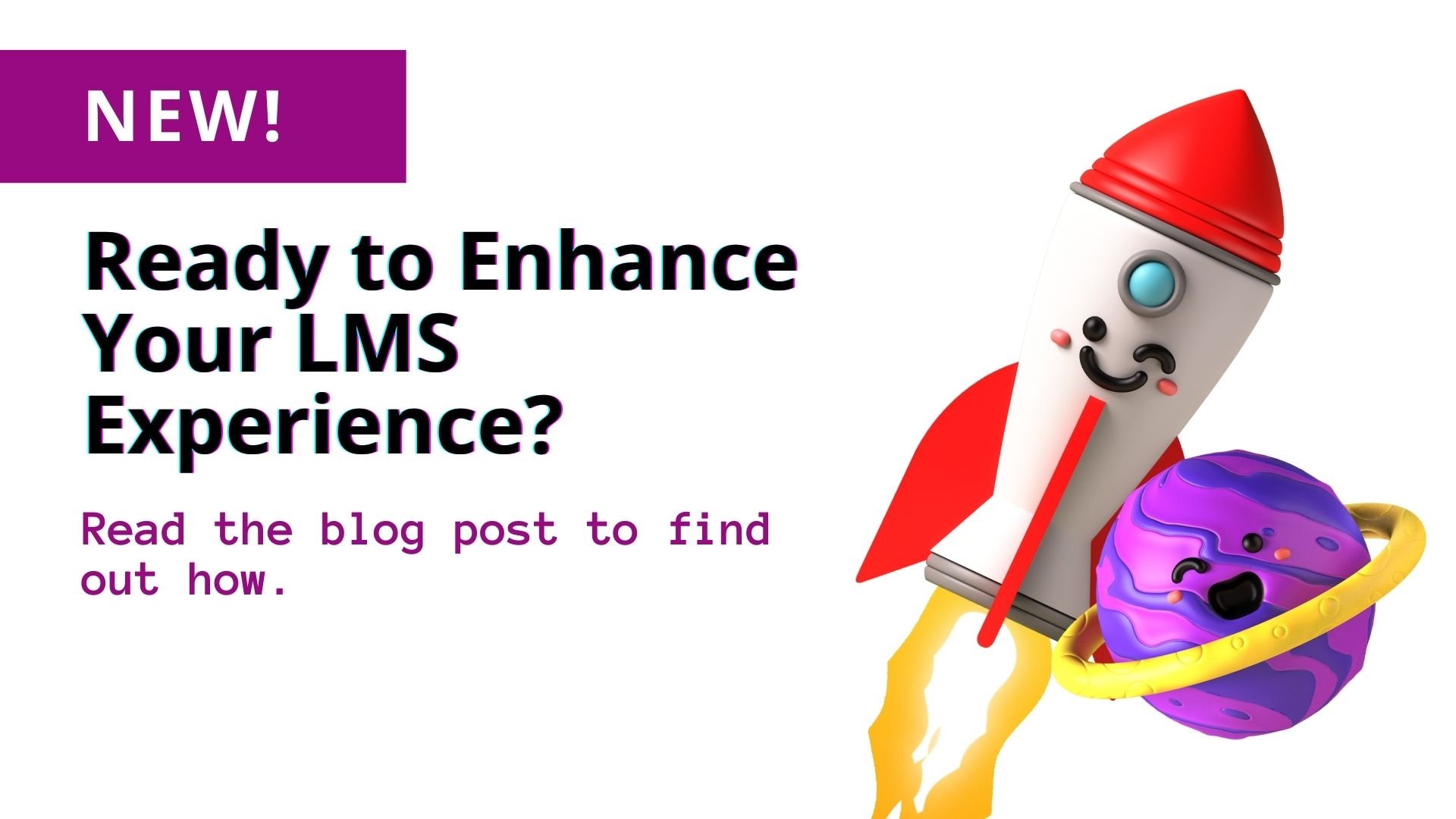Employee training is notorious for delivering a poor ROI. In 2016, the Harvard Business Review said organizations spent $359 billion on training globally, but many didn’t receive a good ROI for L&D.1 According to the article:
- Three-quarters of 1,500 managers surveyed from 50 organizations were not satisfied with their company’s L&D function.
- Seventy percent of employees said they haven’t mastered the skills needed to do their jobs.
- Just 12% of workers apply new skills learned in employee training programs.
- Only one-quarter of respondents to a study done by McKinsey said employee training improved performance.
Factors like these have a negative impact on a company’s bottom line. But as well as keeping the bottom line healthy, effective employee training pays off in higher levels of employee engagement, retention, job performance, and productivity, as well as better company culture. The most costly area may be worker retention and turnover. An article by Gallup2 stated,
“The cost of replacing an individual employee can range from one-half to two times the employee's annual salary -- and that's a conservative estimate. So, a 100-person organization that provides an average salary of $50,000 could have turnover and replacement costs of approximately $660,000 to $2.6 million per year.”
One of the reasons why employee training doesn’t always deliver a good ROI is because there are various barriers to corporate learning in the workplace. By dissolving these barriers, organizational leaders can boost the effectiveness of training and increase their return on investment for learning and development initiatives.
Barrier to Corporate Learning #1: Fear of Failure
Fear of failure can be an impediment to corporate learning. The iSpring Blog stated, “It’s very common for people to think that not trying is safer than risking unknown results.”3 The Blog explained that this stops employees from acquiring key skills and taking advantage of opportunities.
There are many ways you can bring down this barrier to corporate learning in your workplace. Just one is to allow employees to make learning mistakes.
“Allow for mistakes, and use empowering language to help learners develop a positive attitude toward learning,” stated the iSpring Blog. “Encourage them to practice, and explain that making mistakes now in training is much better than not knowing how to act in work and real-life situations.”
The iSpring Blog said online learning can reduce the fear of failure for learners. Here’s how you can use remote training to eliminate fear of failure, per the Blog:
- Create quizzes, and allow for several attempts with each question.
- Add encouraging automated feedback for quiz question responses. “Phrases like ‘Well done!’ or ‘You’re doing great!’ or ‘You’ll nail it next time!’ will help learners overcome their fears and keep trying,” the Blog explained.
Often, a simple change of wording can encourage training engagement and reduce the risk and fear of failure.
When creating training content, keep in mind that a good number of employees fear failing at learning. Make learning challenging but somewhat forgiving (i.e., ensure it gives learners more than one chance to get it right) to eliminate this barrier to corporate learning.
Barrier to Corporate Learning #2: Poor Adoption of Remote Learning Software
Another barrier to corporate learning is poor adoption of remote learning software. Many organizations use a learning management system (LMS), or another remote learning solution, to meet the needs of their dispersed workforce. However, if the solution isn’t properly adopted by learners, it will be a major barrier to corporate learning and prevent a good ROI for L&D. To bring down this barrier to workplace learning, organizations must find ways to drive remote learning software adoption.
There are multiple ways to encourage employees and other remote learning platform users to adopt a training solution. How to Increase LMS Adoption for a Remote Workforce gave these suggestions:
1) Create an LMS support team - Organizations that use an LMS or other remote training platform should consider creating an LMS support team. This team would be distinct from the IT team, although it may include IT professionals. The role of the team would be to quickly answer employees’ questions about the LMS and ensure technical glitches are fixed promptly.
Not knowing how to use LMS software, or constantly running into technical problems, will prevent employees from engaging with training. If they know an LMS support team is there for them, they will be more likely to ask questions about training software and participate in training.
Every LMS support team should be led by an LMS advisor. Also, an IT employee who can train team members in basic troubleshooting and inform their replies to learners would be a great asset to an LMS support team.
2) Incentivize learning - If employees aren’t interacting with remote learning software, they may need more learning incentives. By offering an incentive every time a remote learning course is completed, you can encourage employees to make regular use of a learning solution.
Many organizations are not in a good financial place due to the pandemic. If your business is in this position, offer low-cost or free incentives. They can be just as motivating to learners as costly options. Employee recognition and online badges, for example, are free incentives, yet they can motivate learners to use the LMS and engage with training.
Also, consider offering top-performing learners additional training, at no cost to them. Many employees are motivated by training.
3) Improve the learner experience - Does your company’s training solution meet learners’ needs? Do learners have access to resources that help to ensure their learning success? In other words, does the LMS or other learning solution deliver a good user experience? To find out, ask users through a survey.
The survey should pose questions like, “Is any aspect of the online course challenging to navigate?” “What are your top three technical questions about the LMS?” “Are you running into problems accessing remote training content through your mobile device? If so, in what ways?”
Use employee feedback to improve the LMS user experience and drive both training participation and your company’s ROI for L&D.
According to the article The Other Side of the LMS, user satisfaction is the main ingredient for LMS adoption.4 “The idea that innovators and adopters frequently communicate and discuss their pleasure and displeasure with a product is paramount…user influence, user-developer communication and user participation in the decision making process reduces the pain of adoption…”
Barrier to Corporate Learning #3: Using the Wrong LMS
Sometimes employees don’t participate in training simply because their organization isn’t using an LMS that meets their training needs. The system may be clunky and outdated or lack the features that cater to learners. To get great corporate learning results and bring down barriers to learning in the workplace, it’s vital that organizations use a full-featured LMS that with features such as:
Social learning - Social/collaborative learning should be built into every LMS. Social learning features include announcements, calendaring, chat, forums, web conferencing, and more. These tools can boost learner engagement. They can also accelerate content curation and knowledge sharing, enhance productivity for remote teams, help administrators create sustainable learning communities, and ensure instructors and learners have ongoing support.
Mobile learning - Mobile learning is an LMS feature that is critically important to employee engagement with corporate training. Mobile learning ensures all users have access to training, gives users the flexibility to learn at their own pace, on their schedule, and from their own mobile device, and increases productivity. It also lowers training costs for companies (there are no added hardware or connectivity charges as most employees already own smartphones or tablets).
Personalization - Personalized training is engaging training. That’s why it’s important that the LMS your company uses allows administrators to personalize training with a wide range of educational tools. Built-in personalization options make the learning experience unique for each user and can also help administrators make training appealing to learners with diverse needs. By using personalization tools, administrators can reduce barriers to corporate learning.
TOPYX LMS offers social learning, mobile learning, and personalization. It also features certifications management, LMS reporting, gamification, blended learning, microlearning, and more.
Learn more about TOPYX’s LMS features today.
Ready to bring down barriers to corporate learning in your workplace? Request a free LMS demo of TOPYX LMS.
References:
- Harvard Business Review. https://hbr.org/2019/10/where-companies-go-wrong-with-learning-and-development.
- Gallup. https://www.gallup.com/workplace/247391/fixable-problem-costs-businesses-trillion.aspx.
- iSpring Blog. https://www.ispringsolutions.com/blog/barriers-to-learning.
- The Other Side of the LMS. https://www.researchgate.net/profile/Erik-Black-2/publication/290608689_The_other_side_of_the_LMS_Considering_implementation_and_use_in_the_adoption_of_an_LMS_in_online_and_blended_learning_environments/links/57fe8ccf08aeaf819a5c3171/The-other-side-of-the-LMS-Considering-implementation-and-use-in-the-adoption-of-an-LMS-in-online-and-blended-learning-environments.pdf.





